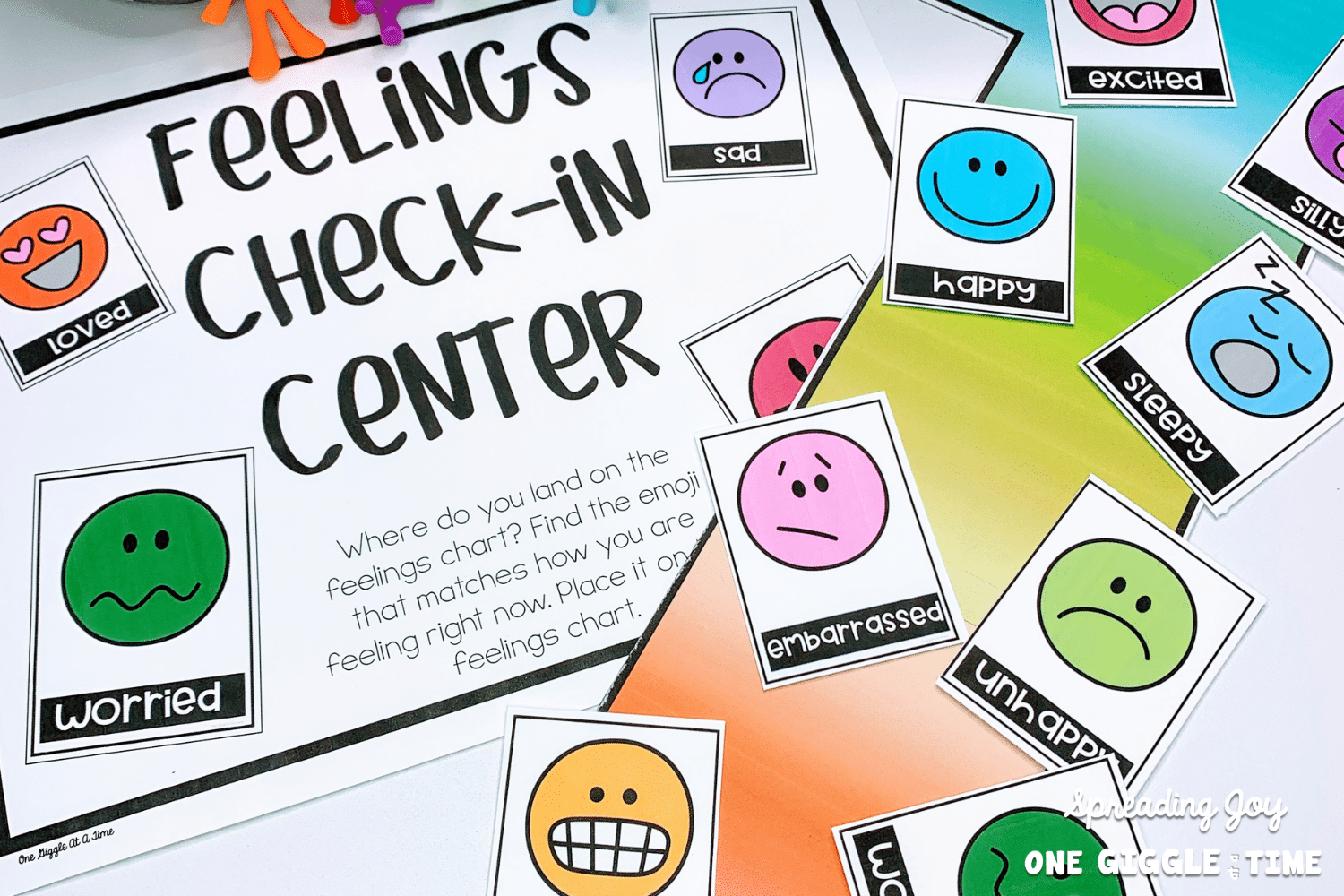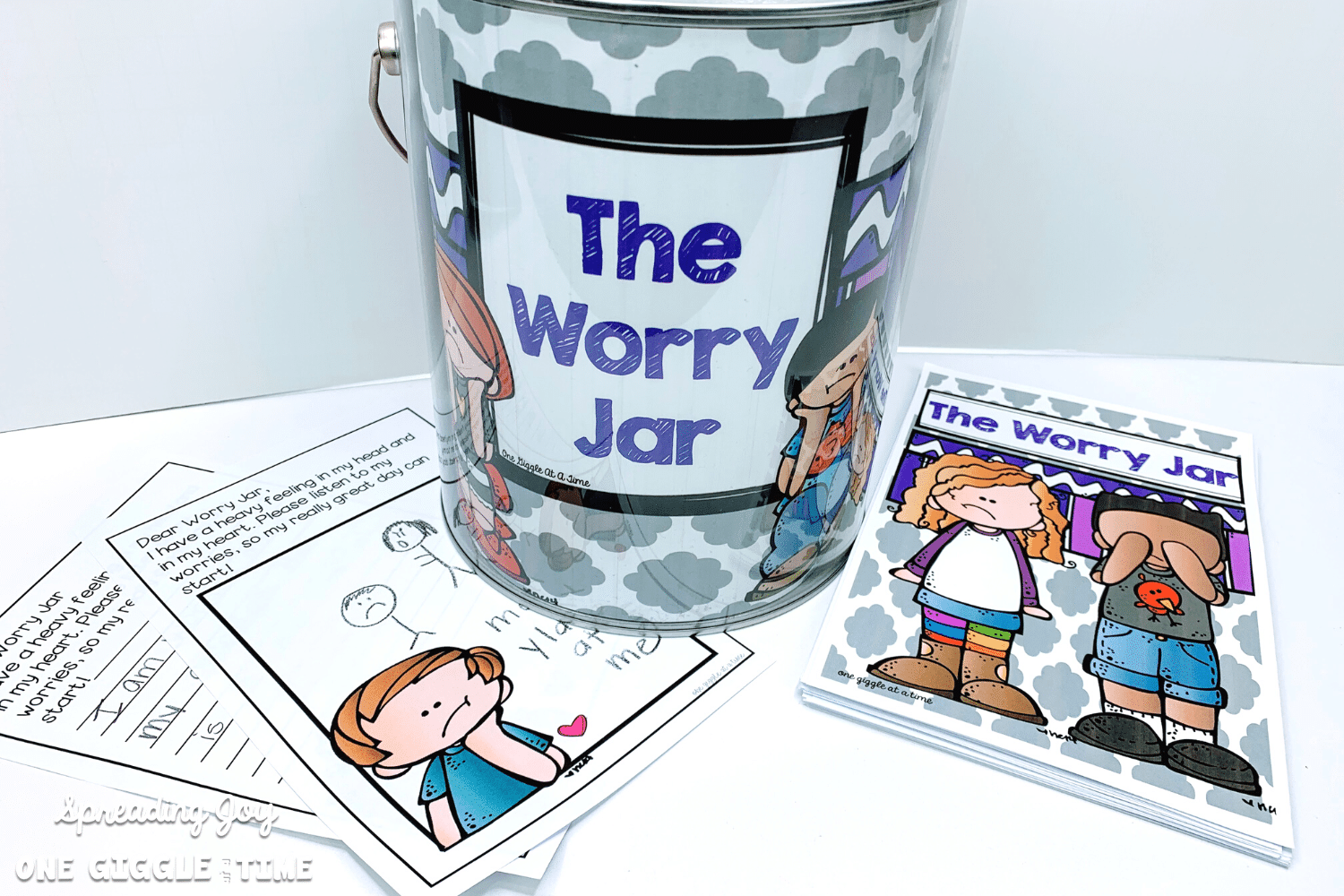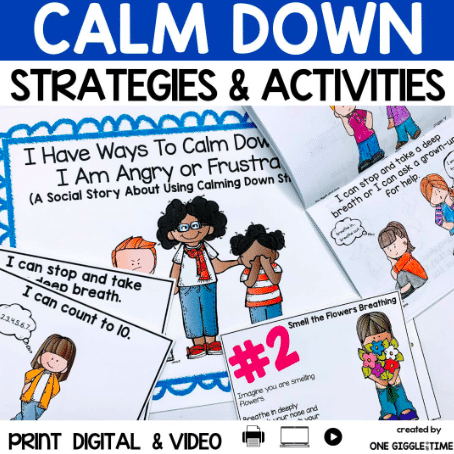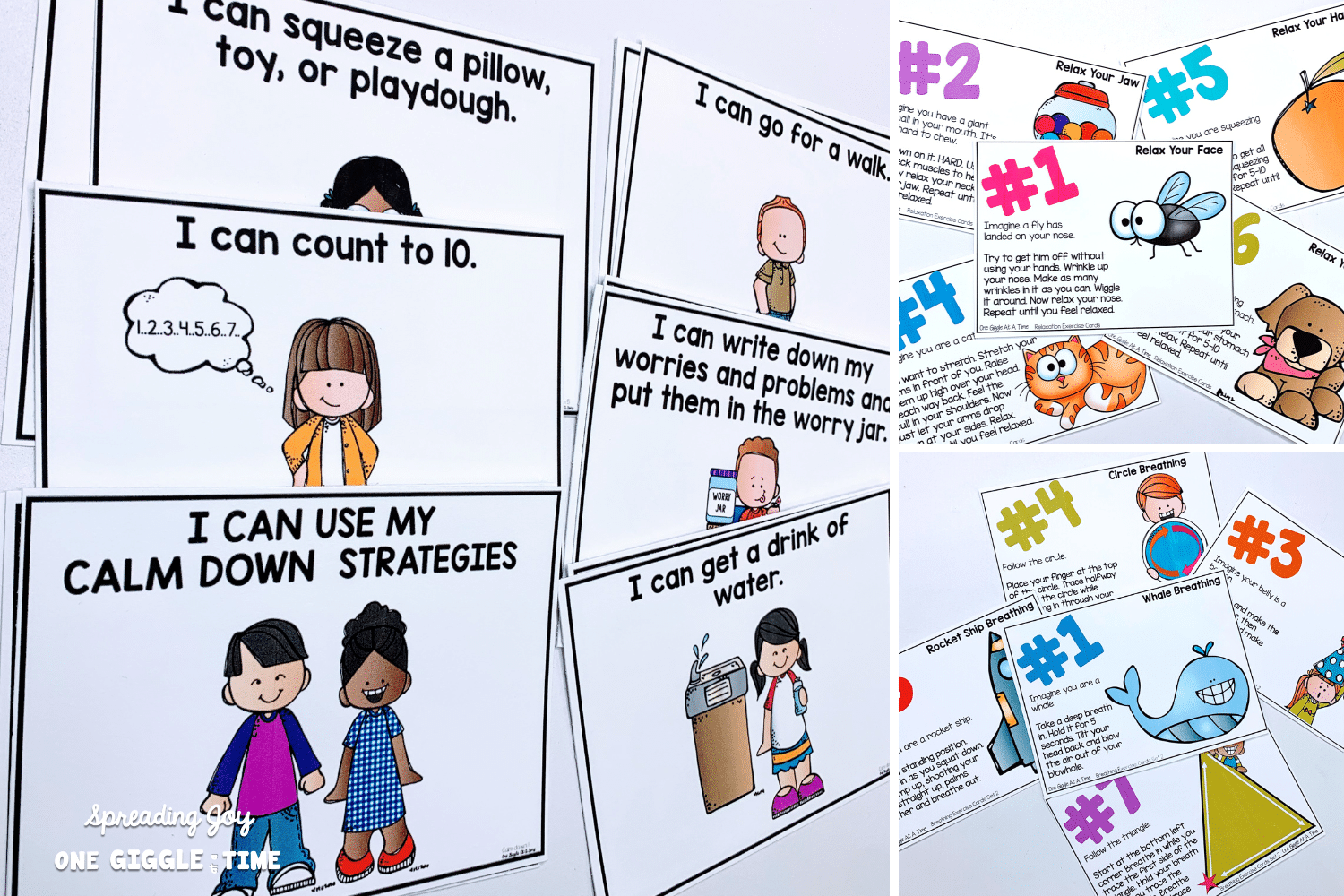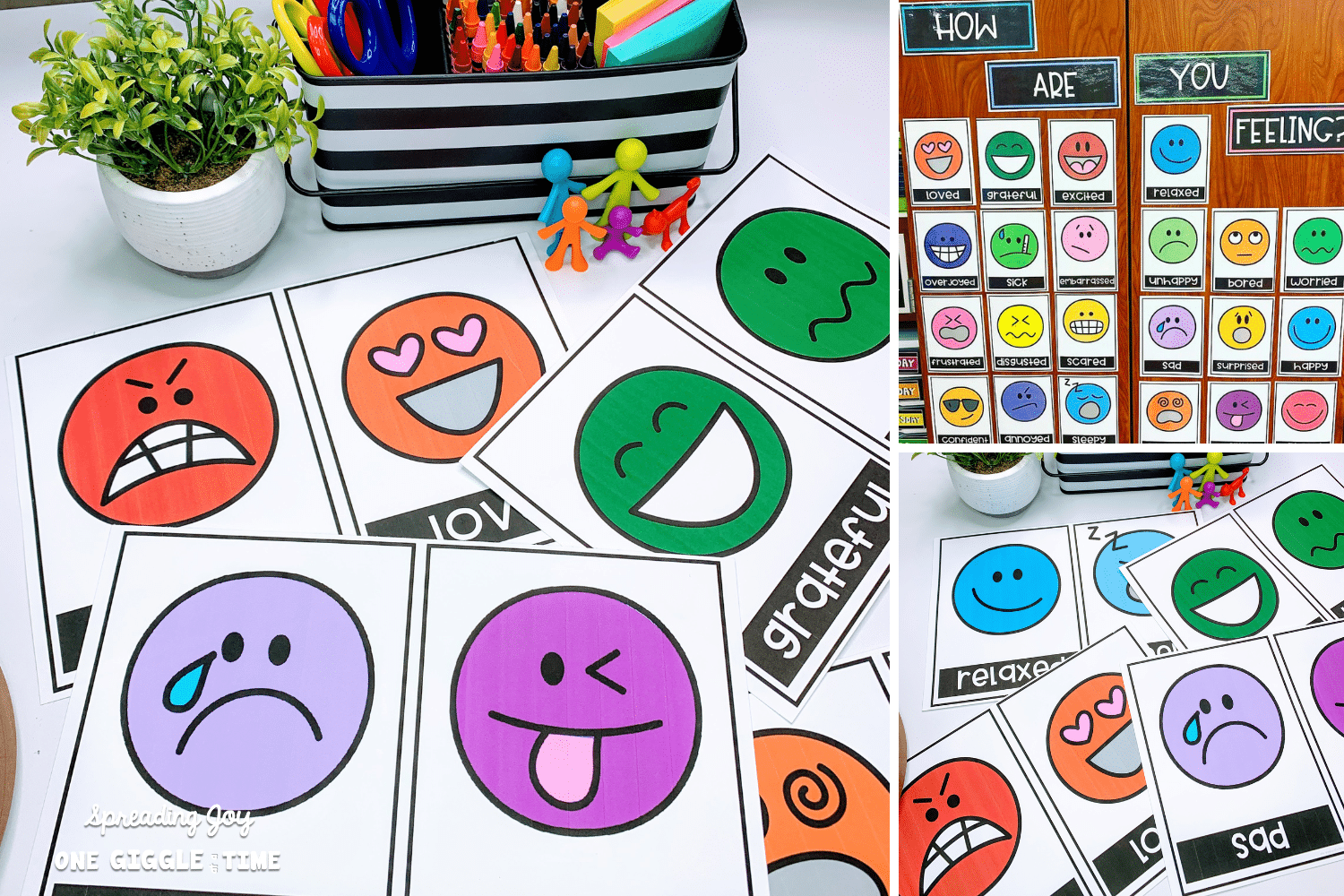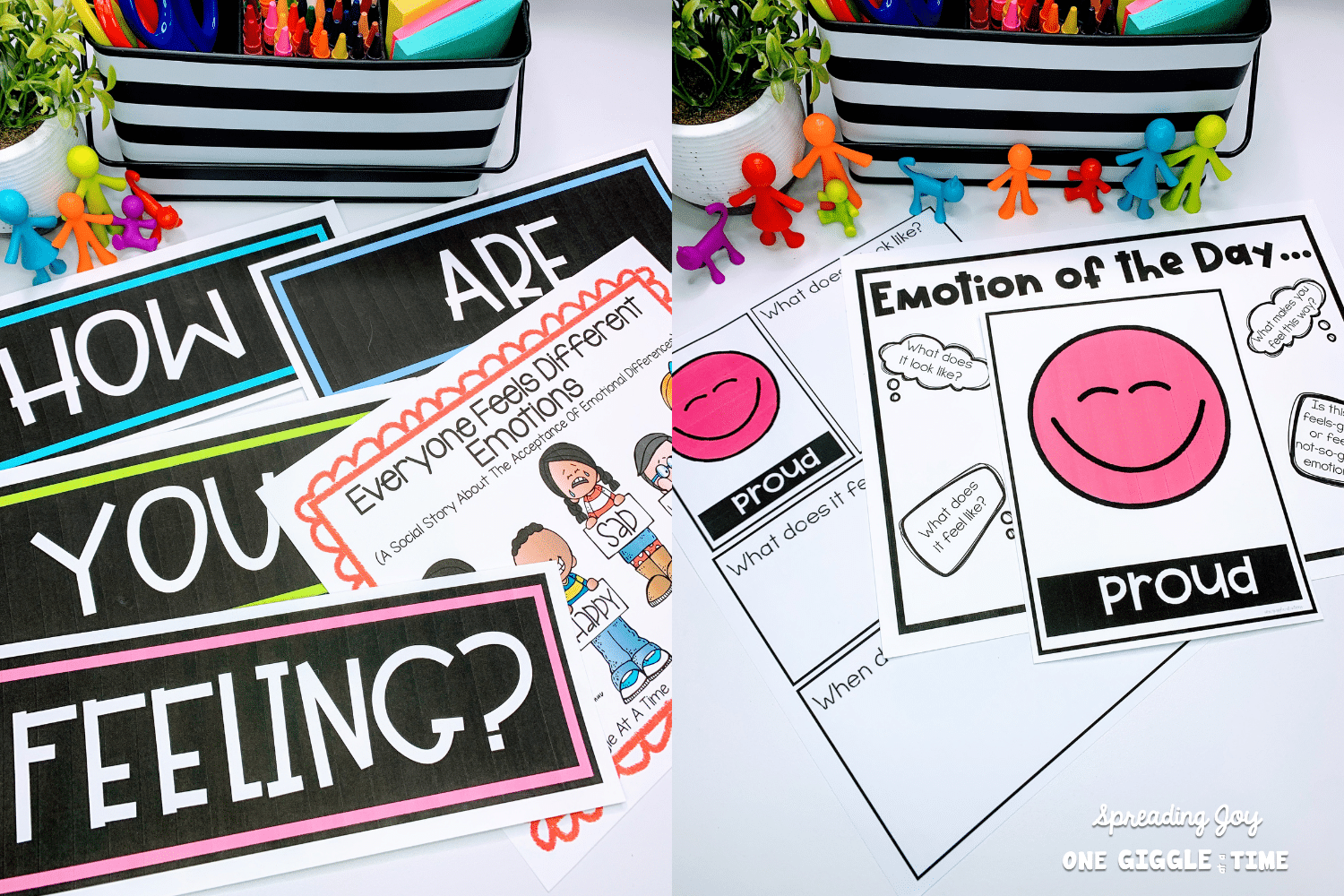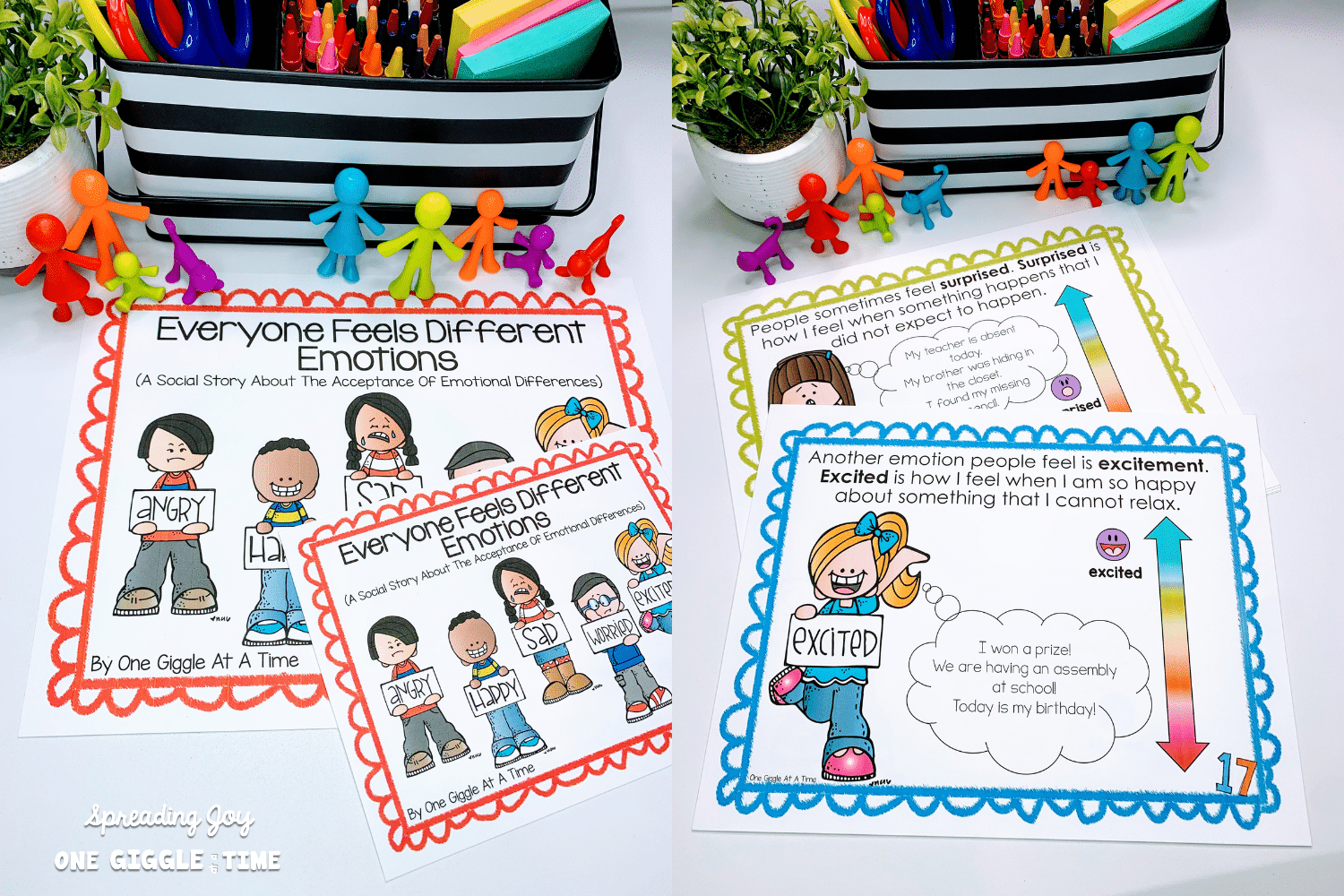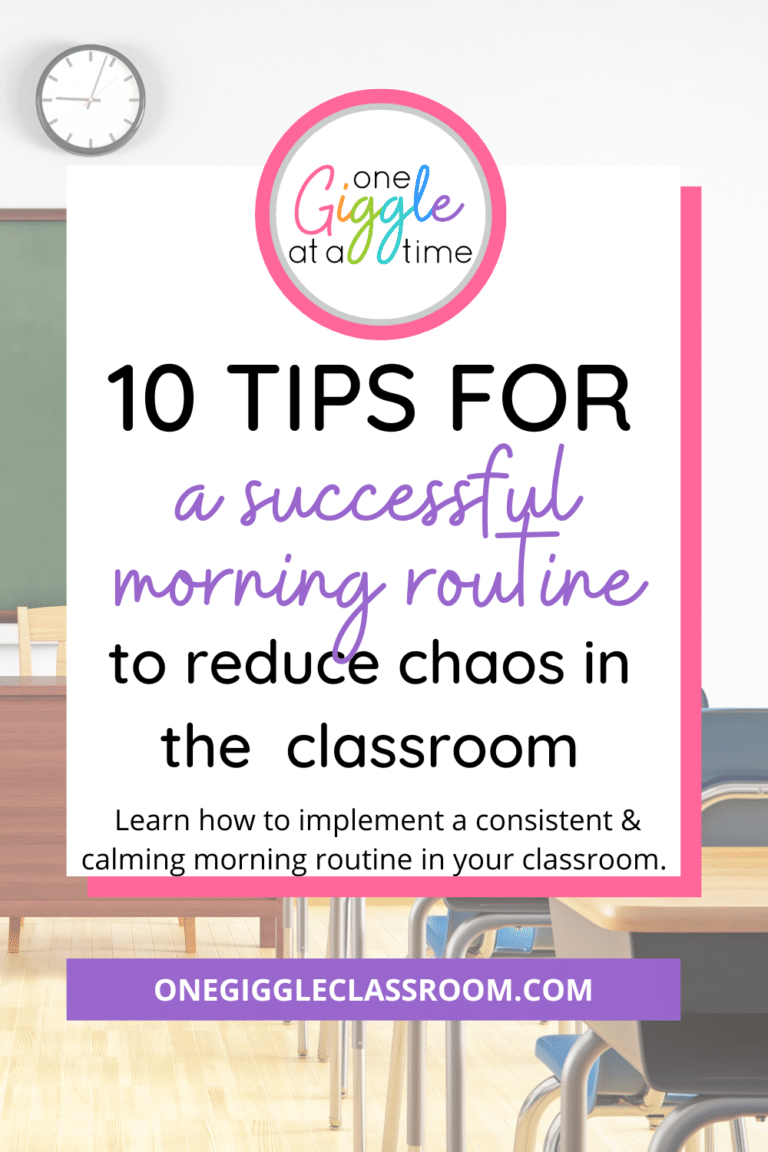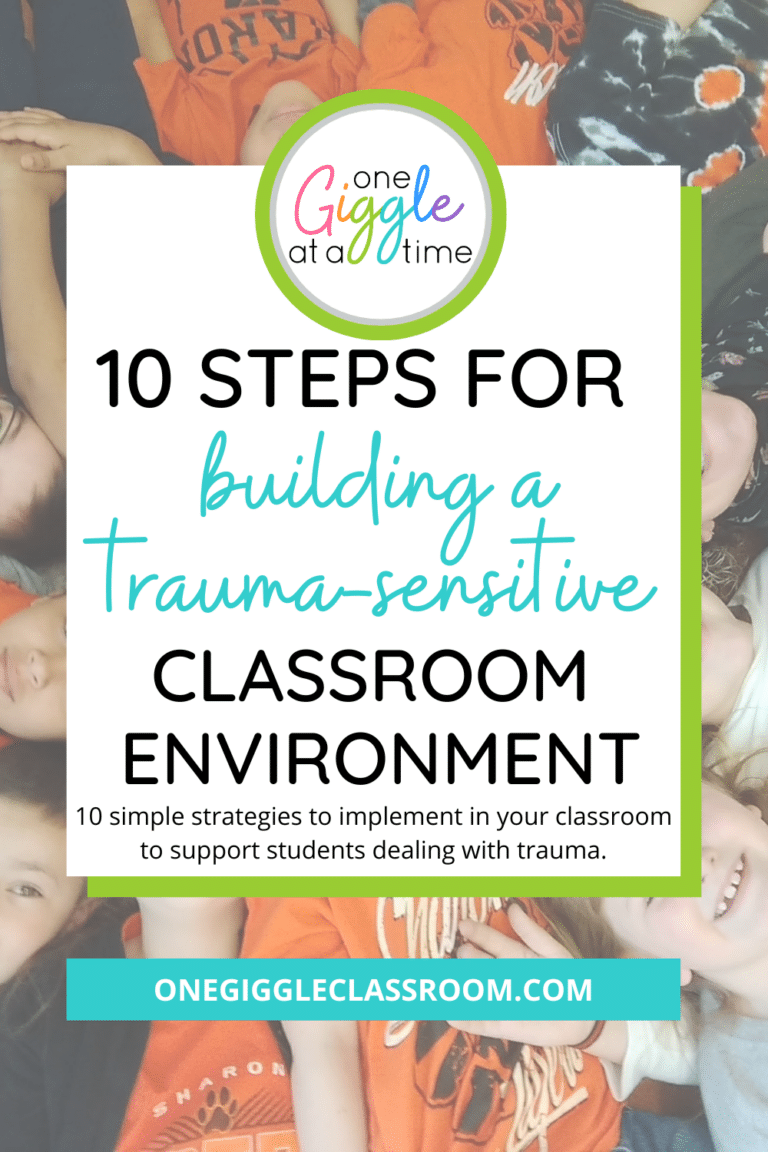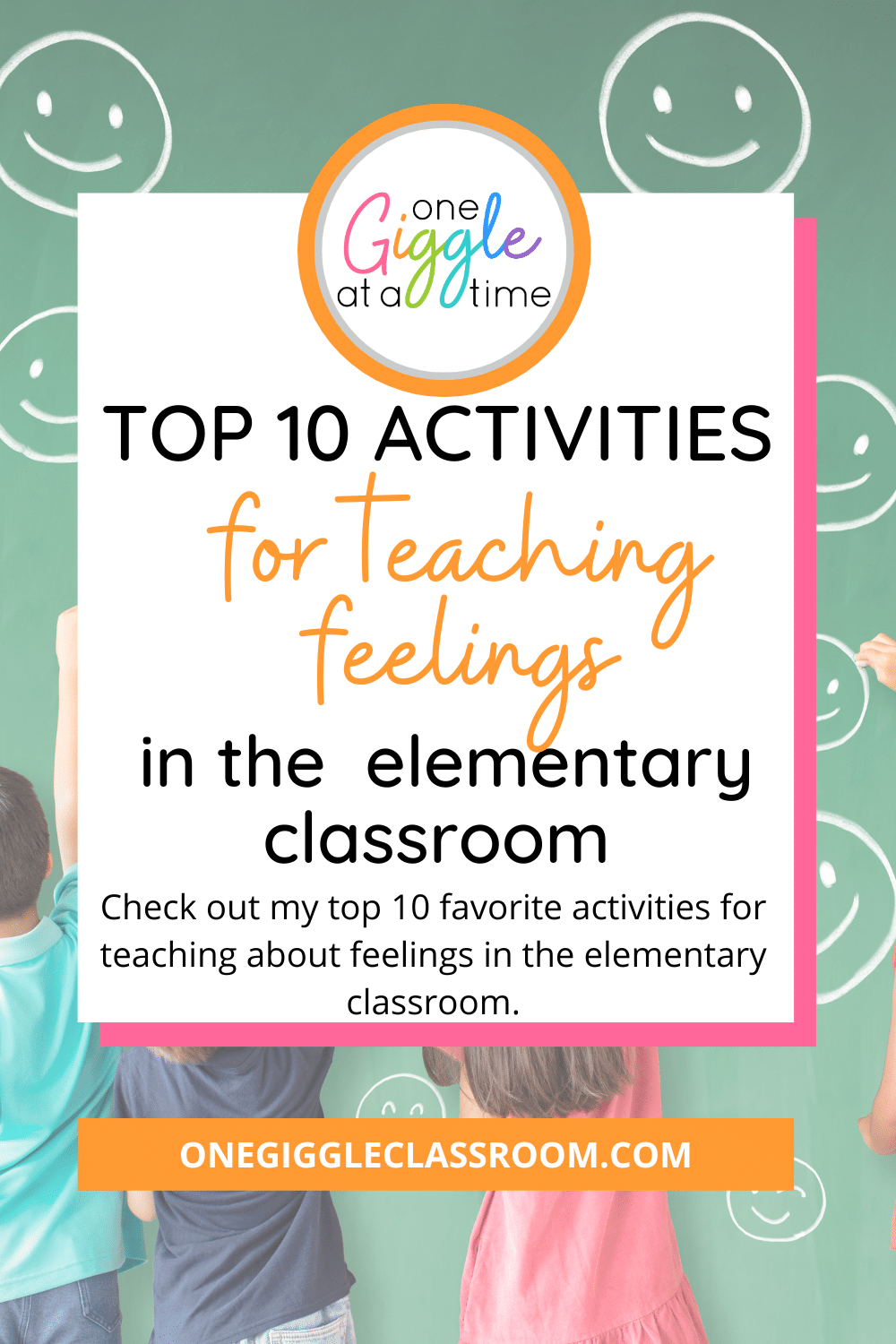
Top 10 Activities For Teaching Feelings In The Elementary Classroom
Share This:
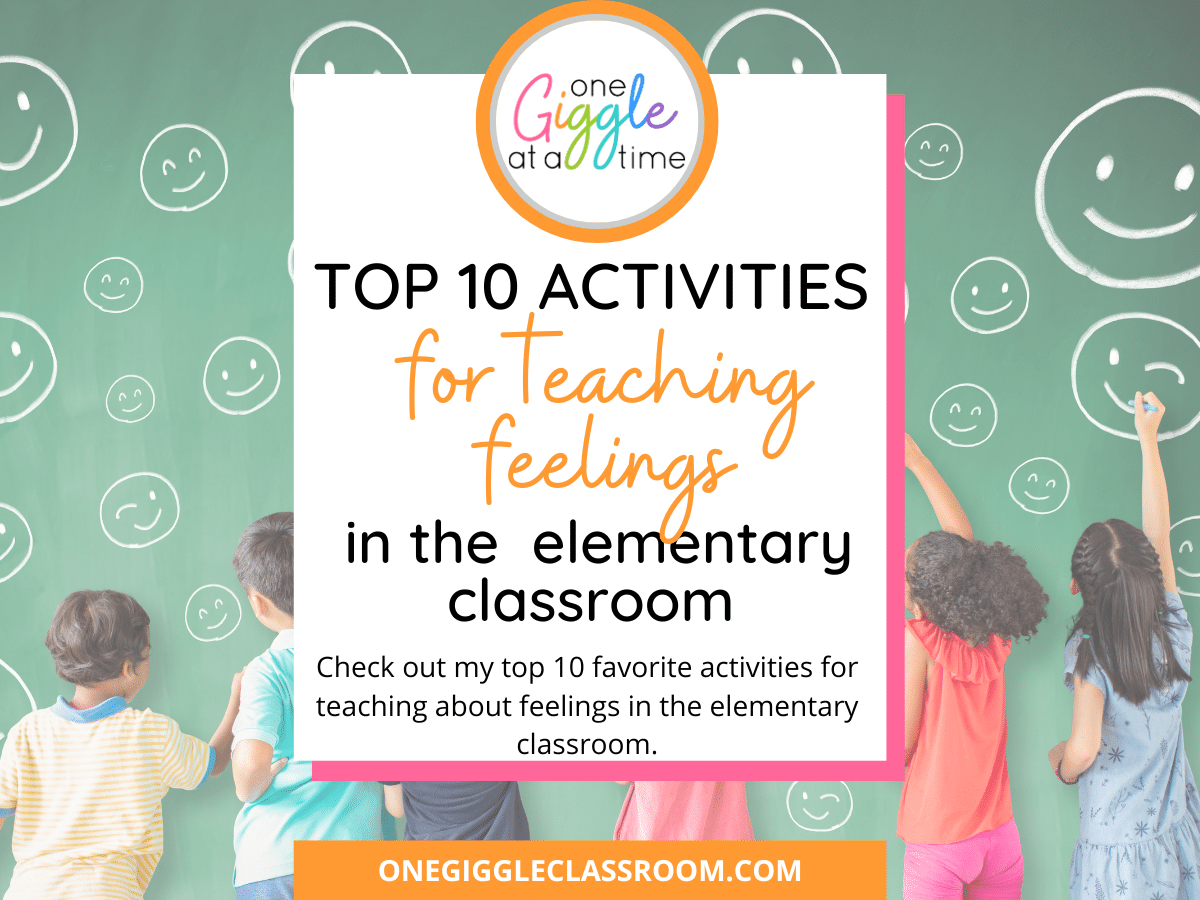
As a first-grade teacher for nearly 30 years, if there is anything I learned about children, one thing is for sure… children are living, breathing “emotion volcanos”. Their emotions run high and they can erupt when you least expect it. They need guidance to make it through this thing called first grade, and YOU are the perfect person for the job! Check out my top 10 favorite activities for teaching feelings in the elementary classroom!
Teaching Feelings to Your Students
1. SET THE TONE FIRST THING IN THE MORNING
First thing first– get yourself organized each morning before the school day begins!
This allows you to greet students at the classroom door when they arrive. A greeting seems like such a minor thing, but it can make a HUGE difference in setting the tone of the day AND giving you a chance to get a feel for the feelings and emotions your students are coming in with.

Other reasons to greet your students at the door:
- Gives students a boost of confidence to start the day
- CREATE COMMUNITY by standing outside the doors as a team
- Students feel safe with more teachers
- Students make more school connections
2. ALLOW STUDENTS TO DO A DAILY FEELINGS CHECK-IN
Students need the opportunity to stop and think about how they are feeling.
Processing their own emotions is a great way to enable them to better be in tune with their bodies and minds, and therefore better in tune with the emotions of others.
Using a visual check-in chart like this puts the focus on the fluidity of feelings. When students learn that feelings can change throughout the day, their rebound time from sad, upset, or angry emotions is quicker!
Encourage your students to change their emotions on the check-in chart throughout the day as needed too!
3. MAKE FEELINGS CIRCLE PART OF YOUR DAILY CLASSROOM ROUTINE
Students also need to have conversations about emotions. They need to be able to have a safe space where they can verbalize how they are feeling and what is causing them to feel that way.
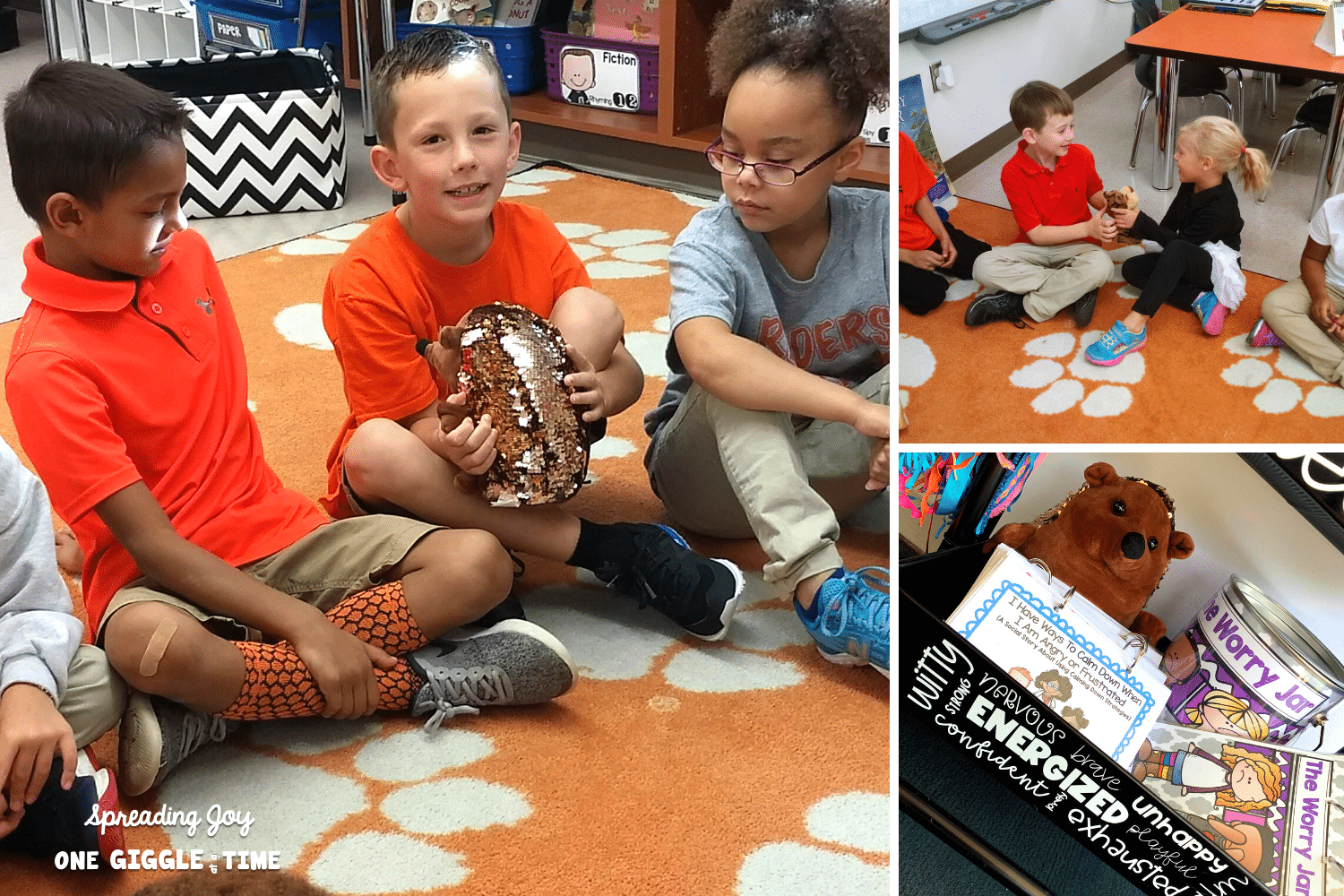
Inviting students to come to Feelings Circle each day is a great way to not only invite conversation but build empathy and understanding as students are given the opportunity to listen to others tell their stories.
You’ll be surprised how much your students LOVE to start Morning Meeting with the Feelings Circle. They won’t let you skip this ritual!
*This blog post may contain affiliate links. By using my links I do earn a small commission. I am so appreciative of you using my links if you plan on purchasing from this post since it does not cost you any extra to do so. I love sharing my favorite Amazon finds with all of you!
How the Feelings Circle Works
- Sit in a circle on the rug and pass Charlie the Hedgehog around the circle.
- Share your feelings when Charlie is passed to you.
- Encourage students to share as much or little as they want. Motivate all students to at least say something because it’s so important for children to recognize and own their feelings!
***This is a great time to teach little ones how to respect each other’s privacy!
Charlie the Hedgehog
You’ll definitely want to add your own Charlie for Feelings Circle! He is a weighted sensory animal, and he has reversible sequins on his back that students can flip and rub to help calm their anxieties.
You can find him HERE.
4. KEEP A WORRY JAR IN YOUR CLASSROOM
Students often come to school carrying all kinds of heaviness in their hearts and minds. That heaviness isn’t always easy to shake off, and it can easily interfere with learning, thinking, and processing.
A class worry jar is a great way to address this!
Those little “emotion volcanos” are full of worries and many times those worries get in the way of learning. Things like “I am worried because my grandma is sick”, “I am worried because my friend is mad at me”, or “I am worried because my dad didn’t come home last night”. Having a heart-to-heart conversation with every student daily unfortunately just isn’t realistic.
The worry jar is a great go-between until you can get to them, or they could work their problems out on their own.
How the Worry Jar Works
Any time of the day that students have a worry that is weighing them down, they can go to the worry jar and fill out a worry paper. They can either draw or write about their worries and then fold up their paper and put it in the jar.
The jar’s job is to hold onto that worry for them so that they don’t have to carry it for a while. (It may not go away, but they can give it to the jar so they can go on learning and enjoying their day.)
Let students know they can choose whether or not they wanted to put their names on their papers in the jar. If their name was on their paper then they know you will touch base with them about their worry.
*Disclaimer: Let students know if they have an emergency they need to report that to a grown-up, not just put it in the worry jar.
5. PROVIDE A SAFE SPACE FOR WHEN STUDENTS ARE HAVING BIG FEELINGS
Set up an area like a calm-down corner or a quiet space where students can go if they need to take a break and get their feelings and emotions under control.
Make the space comfortable by including things like pillows, soft rugs, a little tent, bean bag chairs, or even blankets.
Include visuals of calm-down strategies, breathing strategies, and relaxation techniques. Teach all of these strategies and techniques to your students before putting them in the calm-down corner.
Include tools to help students feel peaceful and enable them to work through their big feelings:
- rain sticks
- stress balls
- headphones to block out sounds
- crayons and coloring books
- books about feelings
- sensory bottles
- fidgets
- stuffed animals
- pop its
NOTE: make sure you have built your classroom community in such a way that if a student does have an out-of-control moment, the other students in the classroom can feel safe and supported.
Use the social skills story My Friend Is Having A Bad Day for times like those.
6. SUPPORT STUDENTS WITH SAFE AND MEANINGFUL CONVERSATIONS
Students often have feelings and emotions that they may not even understand yet at this young age. We need to support them by teaching them about the different feelings they may experience.
Talk about what those emotions are called, how those emotions feel in our minds, how those emotions make our bodies react, and what kinds of situations bring these emotions on.
Display a large set of emotion posters in your classroom to refer to often during daily lessons, interactions, and read-alouds. Students can use these to help guide them during the feelings circle as well.
These posters are a GAME CHANGER! They can graduate from using basic emotions words like mad, sad, and happy to more specific ones like frustrated, disappointed, and overjoyed… AND they actually understand what those words mean!
TIP: Introduce, study, and explore an emotion a day when the school year starts so that your students are well versed on these new emotion terms and meanings.
Another way to support the feelings and emotions of students in the classroom is to introduce lots and lots and lots of social skills stories!
Using social skills stories in the regular classroom is a great way to build classroom community and social skills.
Students respond so much better to social skills stories that explain rules and expectations than they do to just being told what the rules and expectations are. Social skills stories allow discussion and provide pictures and scenarios that the students can relate to.
A classroom favorite about emotions is called “Everyone Feels Different Emotions”. Grab yours here!
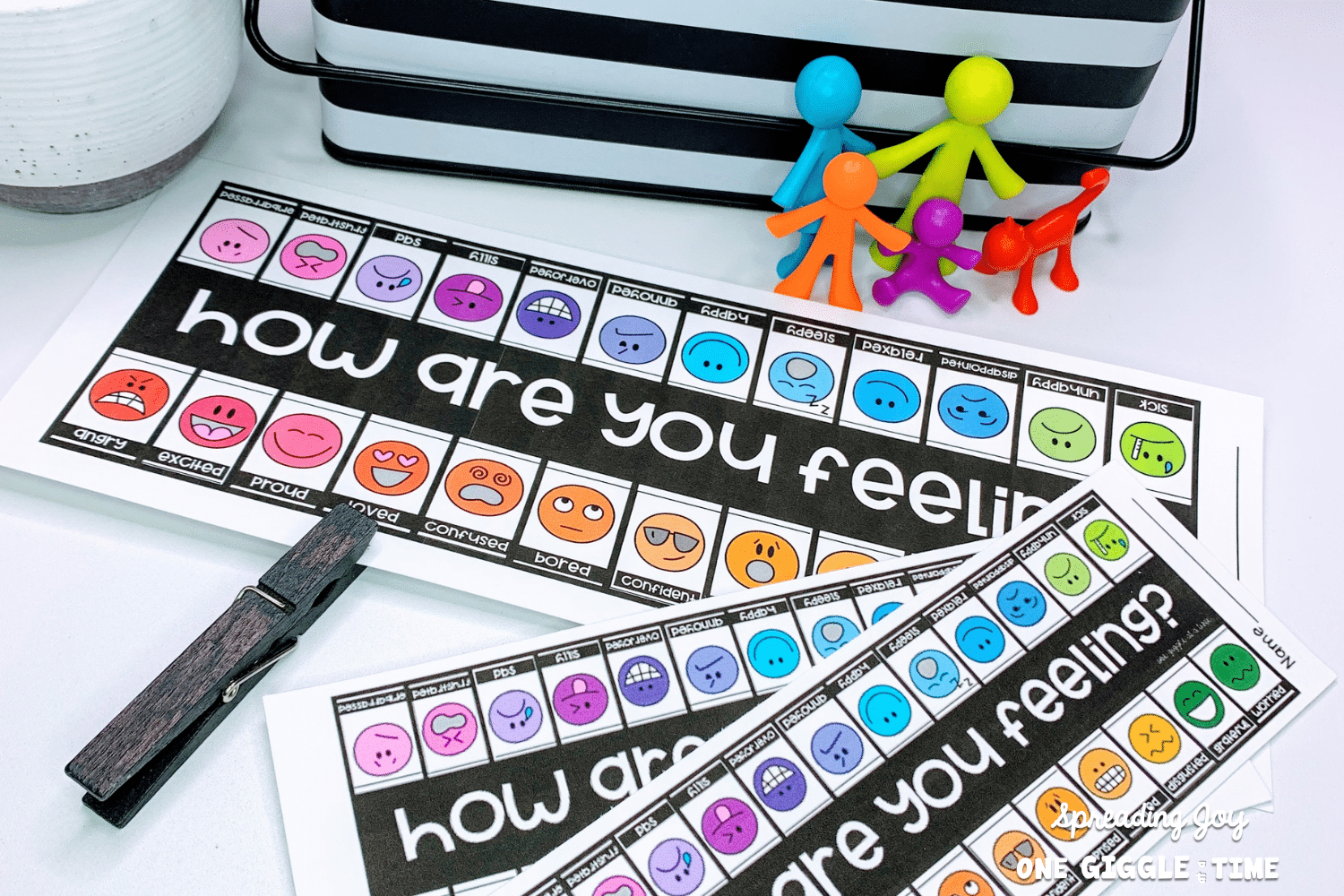
Personal emotion strips are another great way to create meaningful conversations with students about feelings! Students keep these with their learning tools and are able to refer to the strips to guide them in keeping track of their emotions throughout the day, as well as for assistance with conversations and writings about emotions.
First graders LOVE LOVE LOVE to have their own personal copy of basically ANYTHING they can get their hands on. These emotion strips speak the first grade language of love!
7. INTRODUCE STUDENTS TO A VARIETY OF QUALITY READ-ALOUDS
Students need to see themselves and the way they feel in the books you read to them. There are so many quality books on the market now that do just that!
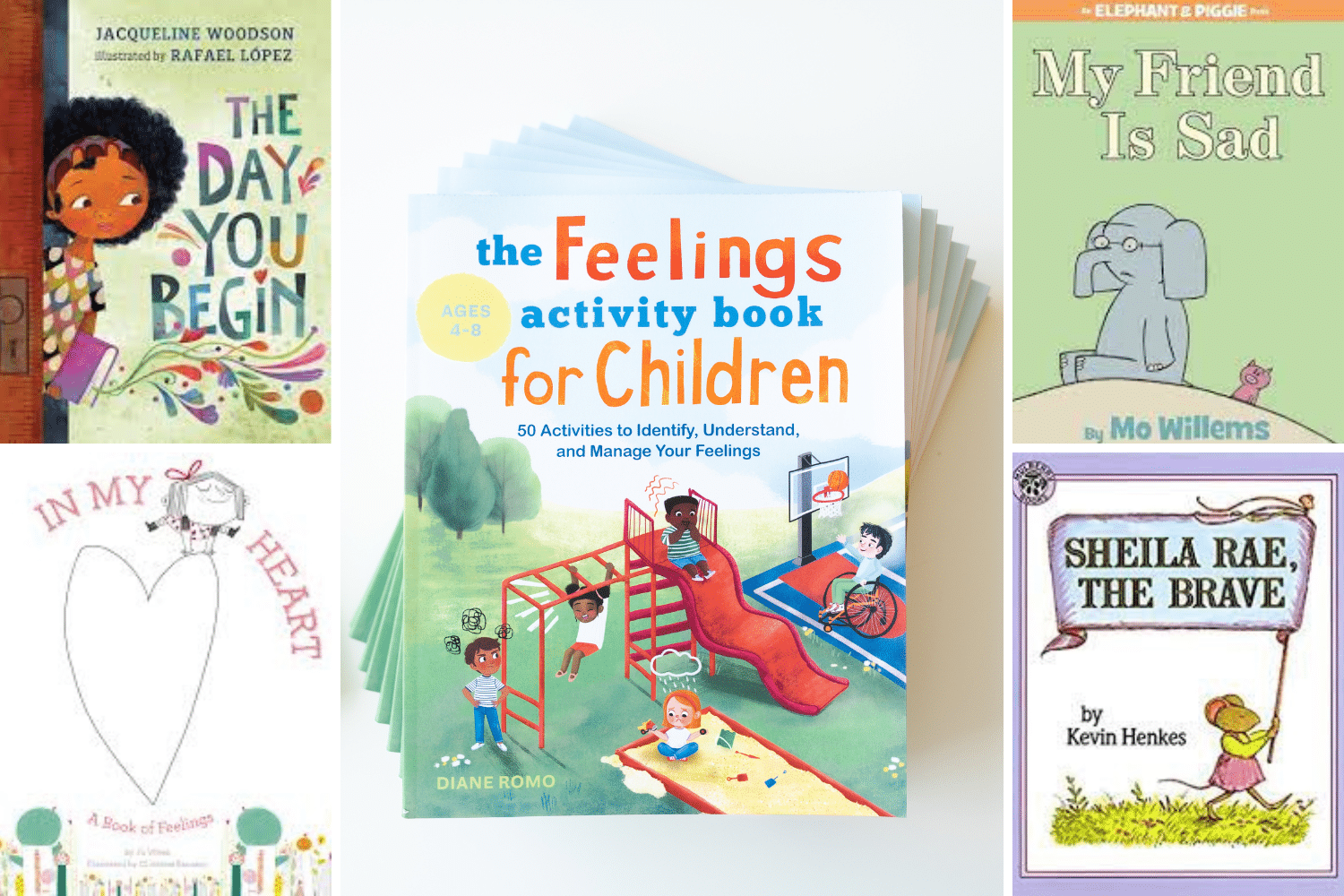
Try to include at least a few read-alouds each week that incorporated great opportunities to discuss feelings and emotions:
- The Day You Begin
- In My Heart
- The Feelings Activity Book For Children
- My Friend Is Sad
- Sheila Rae, The Brave
8. INVOLVE STUDENTS IN DAILY JOURNAL WRITING
Get students in the habit of writing about their feelings using journal pages. It doesn’t have to be long, drawn-out narratives.
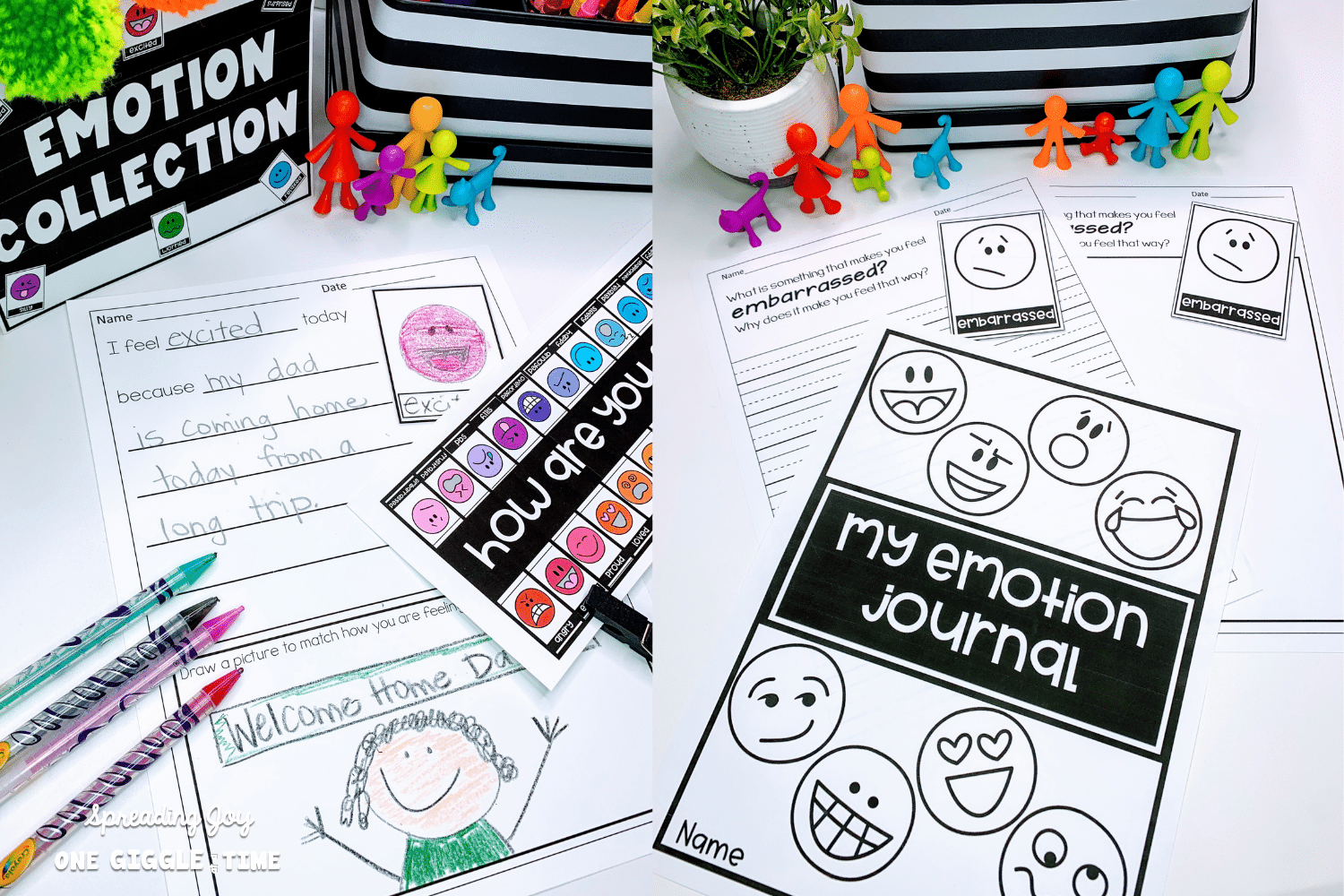
Just getting used to getting their thoughts and feelings down on paper at an early age is a great way to help them take a deeper look into their feelings.
Young children are better able to process their feelings and understand what those feelings mean by taking time to think about their emotions and write about their emotions.
BONUS: this strengthens their writing skills at the same time! #winning
9. GAMES…GAMES….GAMES
What kid doesn’t like to play games?! Use games to review different emotions and feelings.
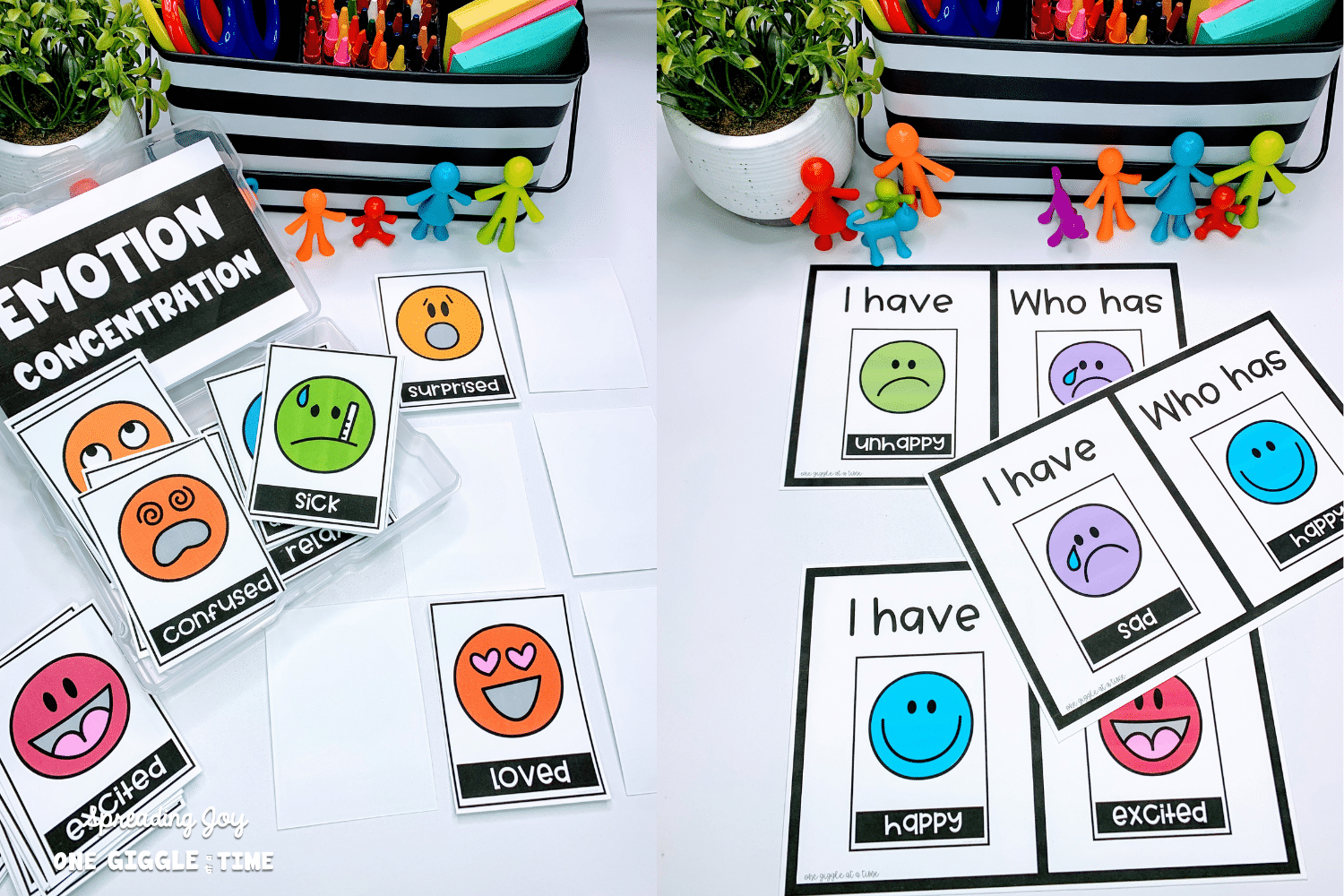
I took two of the most popular games in my classroom and added an emotions theme to them. Students get even more time immersing themselves in the language, discussion, and understanding of emotions this way!
Emotion Concentration Game
For this game, the class sits in a circle and the cards are dealt face down in the middle of the circle in an array of 6 X 8. The children take turns flipping over pairs of cards looking for matched sets. When a match is found, the student keeps the match and takes another turn. If a match is not found, the student turns the cards back over face down and the next student takes his/her turn.
Emotions I Have Who Has
For this game, each student gets a card and on their turn, they stand up and read the card they have. The person with the emotion they ask for stands up and reads their card aloud. We always kept track of how fast we could finish the game and tried to beat our current time the next time we played.
10. SET UP A WRITING CENTER
Encourage students to express themselves and think about how their actions make others feel through a writing center!
Give students the opportunity to share their feelings with those around them. Teaching students that it is okay to let others know when their actions are positively or negatively affecting them is very powerful. Especially when we let them know that this includes having discussions and or writing notes and letters to not only peers but family members and adults in their lives as well.
The ability to have these conversations at a young age will serve them well throughout their lives!
ARE YOU READY TO HELP YOUR STUDENTS BUILD THEIR KNOWLEDGE OF FEELINGS AND EMOTIONS IN A FUN AND ENGAGING WAY? YOU CAN FIND ALL OF THESE ACTIVITIES AND MORE IN THE SELF-REGULATION ACTIVITIES BUNDLE FOR A HUGELY DISCOUNTED PRICE!
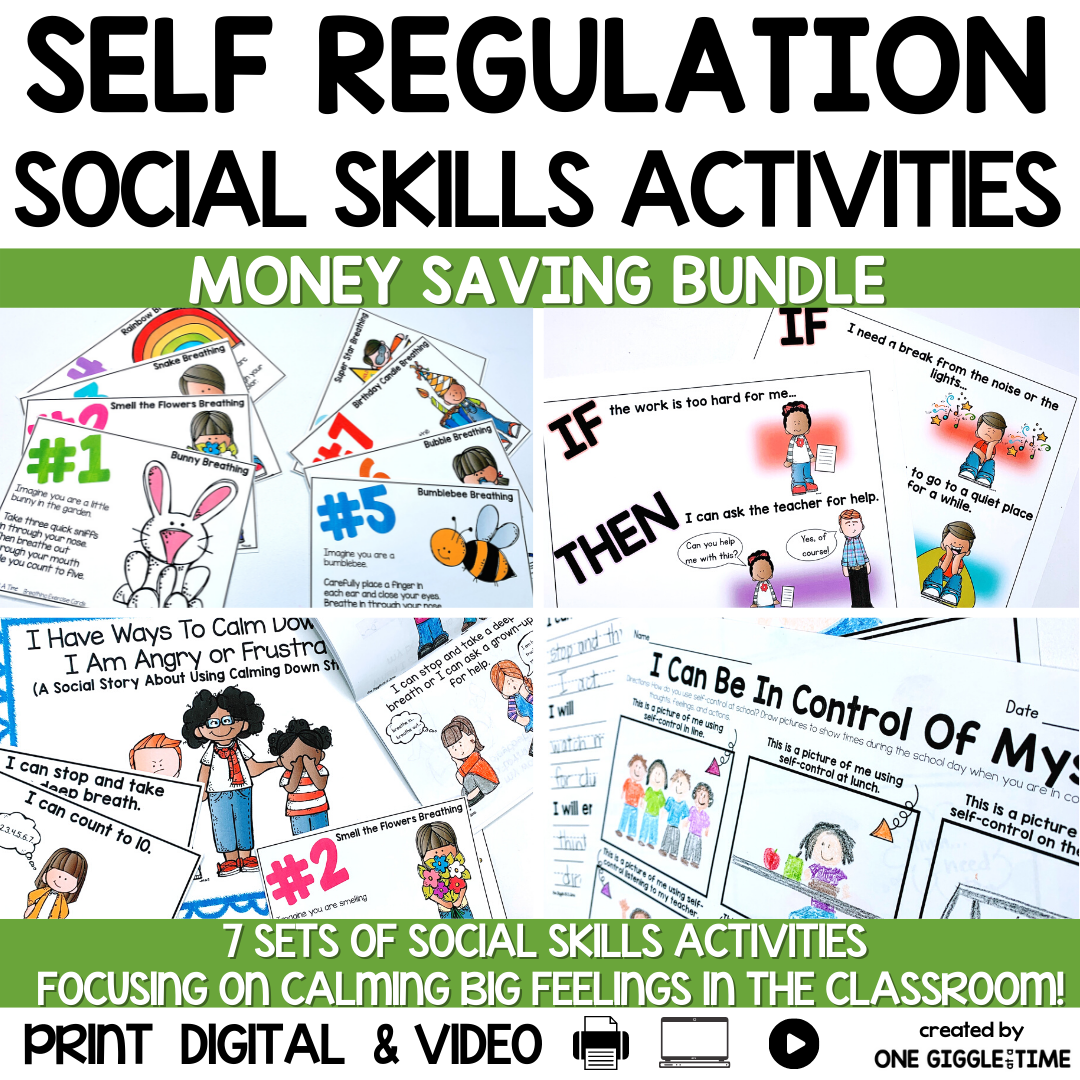
HAPPY TEACHING!
Let me know if you have any questions about anything you see here. Don’t forget to pin this post to refer to it later!
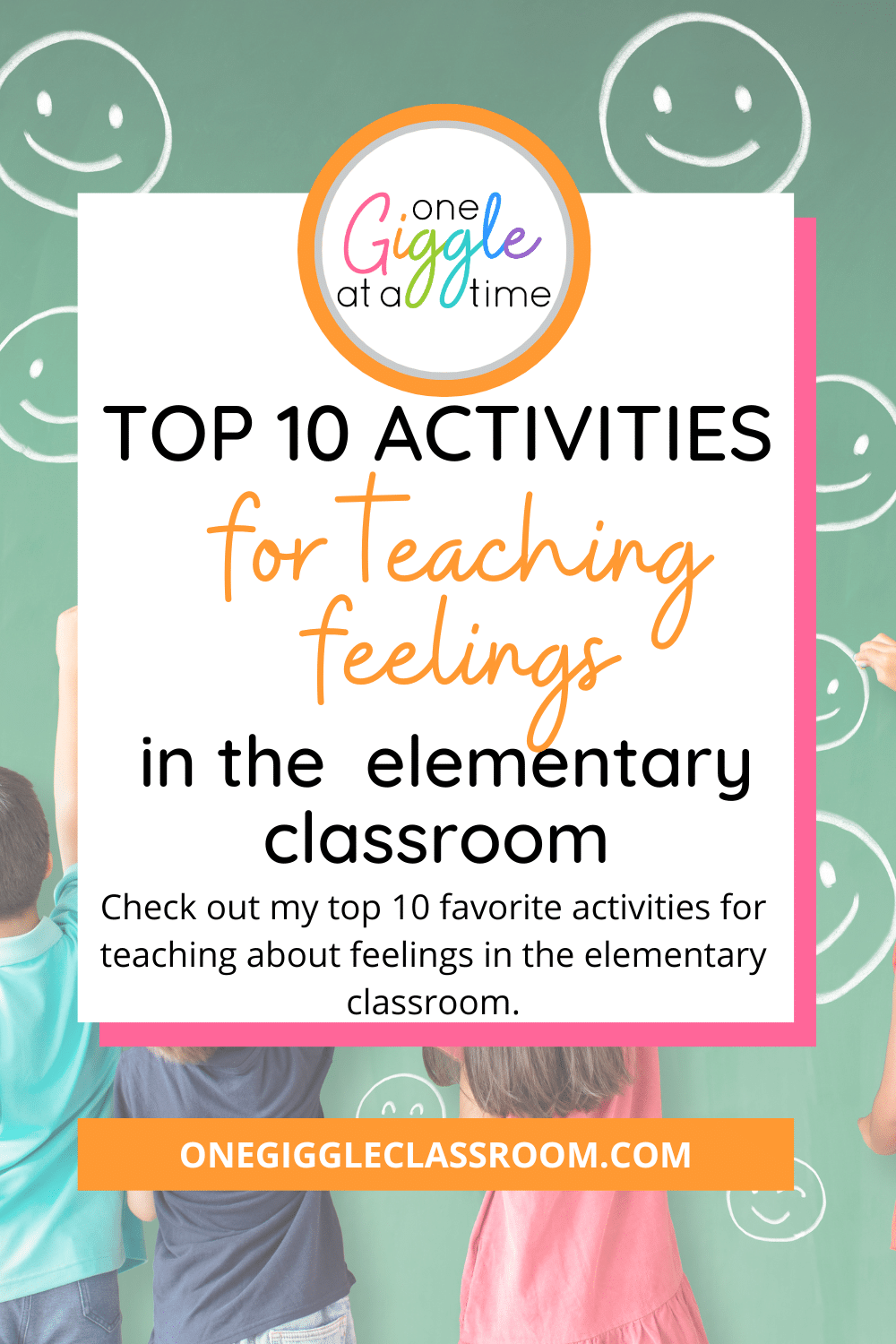
You also might like to read:
4 Powerful Ways to Immediately Boost Student Emotional Well Being
10 Tips For A Successful Morning Routine To Reduce Chaos In the Elementary Classroom
GUIDE STUDENTS IN DEVELOPING A GROWTH MINDSET WITH THESE
Free Growth Mindset Punch Cards
The perfect way to start meaningful habits and conversations with your students!


Diane Romo
Thank you for being here! I love sharing ideas with other teachers! If you are looking to enhance your teaching and build a positive classroom community, you have come to the right place!







